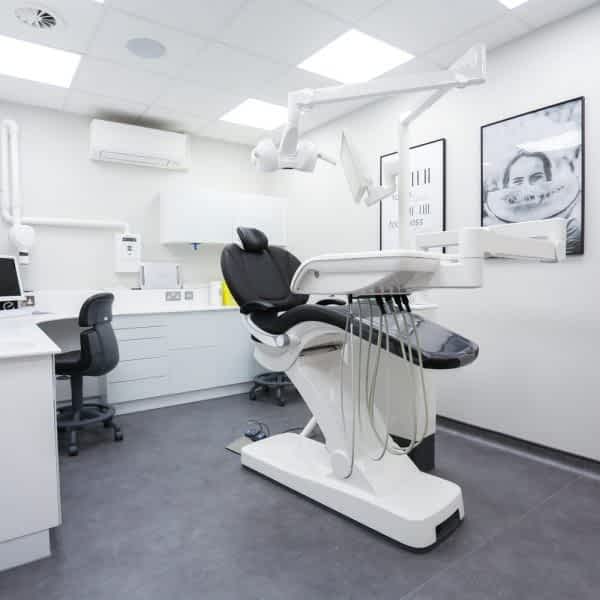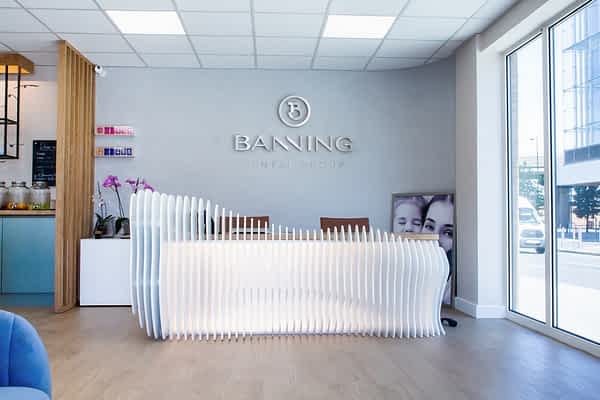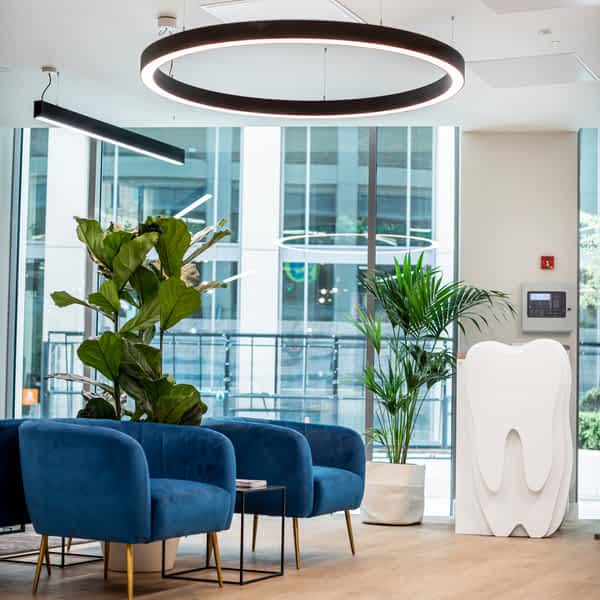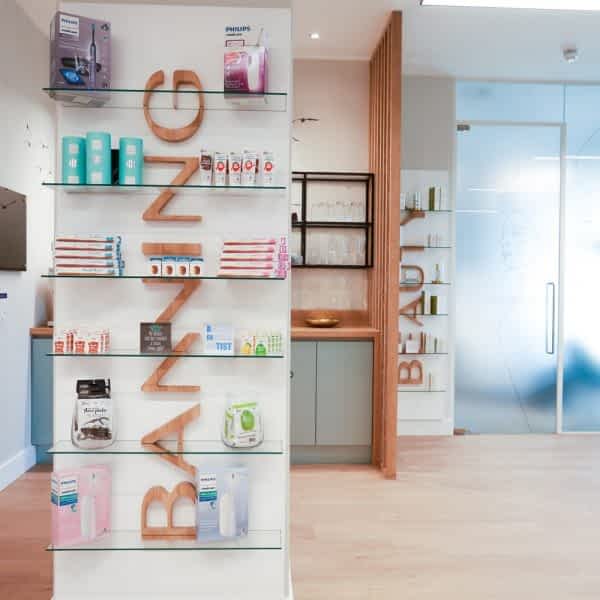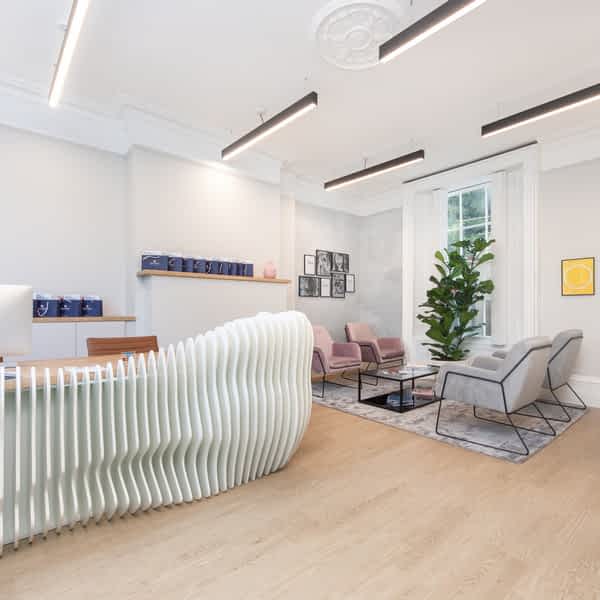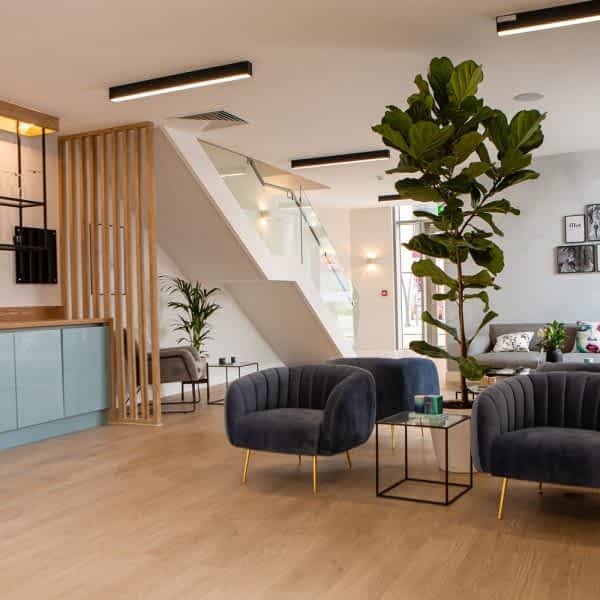
A beginner’s guide to dental braces
It appears that teeth are really the talk of the town this summer! Maybe it’s because after endless months of lockdown we can finally escape the house and want to look our best. It could be that after staring at yourself during countless hours of FaceTime and video conferences, the look of your teeth is finally starting to bug you. You might just be looking for a real personal treat to uplift and enhance your appearance.
The British Orthodontic Society has revealed a huge ‘surge in adults seeking orthodontic treatment since the start of the pandemic.’ This growing demand labelled as the ‘Zoom Boom’ is a result of the heightened awareness British adults now have of their teeth as a result of the bizarre circumstances, we have found ourselves in over the last year.
We crave the look of a sleek, straight smile more than ever before. To achieve these results, there’s a good chance that you may require the help of dental braces. These days an orthodontists box of tricks is more sophisticated than ever before. There are braces to suit all faces, so it’s important to understand what options might be available to you in the pursuit of that dreamy, straight smile.
What are braces used for?
Braces are typically used as a solution for 3 main orthodontic issues:
- Fixing crowded, crooked or protruding teeth
- Closing gaps between the teeth
- Dealing with an under or overbite
There are obvious aesthetic motives for straightening your teeth, but from a dental health perspective, any one of these 3 issues can cause difficulty with eating, speaking and maintaining basic dental hygiene. Your dentist will be as keen as you to get your teeth ironed out to avoid more complex procedures later in life.
Whatever your reason is for considering orthodontic work, braces are quite likely to be the answer. However, the question is not only about whether you need braces, but which type of braces do you need.
What types of braces are there?
Traditional Metal Braces
For anyone growing up in the 70’s and 80’s, the first braces that spring to mind will be the traditional metal ‘train track’s that were common site amongst the adolescent populations at school. Whilst these types of braces are still very common, they have significantly evolved thanks to the advances in dental technology and materials in recent years.
Metal braces are typically the option most commonly offered by the NHS, since they are the cheapest method of correcting orthodontic issues. They work by applying gradual and consistent pressure to the teeth and are formed of 3 main parts:
- Metal Brackets: high-grade stainless steel and/or titanium blocks are attached to the teeth with an adhesive as the anchor for the arch-wire
- The archwire: this is the component that applies the pressure across the arch of your teeth. It’s a thin, flexible wire that can be tightened to gently encourage the teeth into the desired position.
- Elastic bands: known as ligatures, connect each bracket to the archwire, assisting with the force that guides the teeth into position.
These days, metal brackets are smaller, lightweight and less prominent than the blocks of yesteryear and there are options to personalise the colour of the elastic bands to brighten or soften the overall metal appearance.
Traditional Metal braces, hold their rightful place in the world of orthodontics. They have proven their effectiveness over decades of use. However, their popularity is diminishing as other more aesthetically pleasing correction tools are now available.
Self-ligating
Self-ligating braces work in much the same way as traditional metal braces, but as the name suggests they do not depend on elastic brands as ligatures.
Whilst self-ligating braces use the same bracket and archwire concept, the brackets have their own built-in clip to hold the wire in place. With fewer components and thinner brackets, these braces are more discreet and cause less friction as less force is used to move the teeth.
Self-ligating brace brackets can be supplied as a clear option such as in the case of Damon, making them even less obvious in their appearance. They also have the advantages of quicker fitting times, fewer appointments for adjustments and are very often quicker in overall wear time.
For these reasons, you can understand why self-ligating braces have become a more appealing option in the fixed brace category of orthodontics.
Ceramic
Ceramic braces also fall into the category of fixed braces, operating with the same mechanics as the traditional metal brace system. The difference here in the material that is used for the bracket.
By using ceramic materials, these braces offer the choice of either clear or tooth-coloured brackets and wires, allowing the fixtures to blend more discreetly into the background. For adults especially, this is more aesthetically acceptable. Ceramic brackets are also smaller, so are considered more comfortable giving less irritation.
Whilst the ceramic material is more expensive than a traditional metal bracket, this type of brace provides a reasonable compromise between aesthetics, cost and speed of treatment.
Lingual
Also known as ‘Incognito’ or ‘Hidden’ braces, this is also a fixed system of braces but in this case, the components are fitted to the inside of the teeth, making them far more inconspicuous. They may be noticeable when the wearer is laughing or has their mouth wide open but for the most part, they are undetectable at first glance.
At face value, many would think that this method of fitting the brace fixtures is far more desirable than any traditional method can offer, however, there are a few other considerations to take into account.
Due to the tricky accessibility of the brackets and wires, it can be difficult to maintain good standards of cleaning and hygiene. The inside of the teeth can already be tricky to navigate and with the additional obstruction of the lingual brace, it’s easy to miss food that has become lodged into those inaccessible areas.
They may also cause some initial speech obstacles with some patients experiencing a lisp as the tongue becomes used to working around the new brace. This usually passes in a few days but is worth bearing in mind.
Due to the specialist training required, complex fitting procedures and custom-made brackets, lingual braces can be an expensive route to teeth straightening, however, this has to be weighed up against the aesthetic benefits that it offers.
Invisible
The most recent innovation in orthodontic treatments is the emergence of the ‘invisible brace system. Unlike all of the options mentioned previously, invisible braces, clear braces or clear aligners as they are known are removable by the wearer.
Invisalign are the market-leading brand offering the most effective invisible brace system in the UK. They have successfully provided the solution to straightening teeth, whilst eliminating most of the objections and obstacles that put people off wearing fixed braces.
There are many advantages to using Invisalign clear aligners for orthodontic corrections. They are almost invisible, custom made to fit your teeth like a glove and removable to ensure that eating, drinking and cleaning can all happen as normal. Thanks to their fit, there is little discomfort when compared to fixed, bracket-based braces, but they may cause a little lisp on first application.
Whilst Invisalign ticks many boxes, it is not suitable for all cases. Whilst many patients appreciate being able to remove their aligners during their treatment plan, others find it difficult to remember to wear them for sufficient hours each day for the treatment to be effective.
There are also other more complex cases where other formats are more appropriate than Invisalign.
Whilst Invisalign is most definitely the treatment ‘du jour’ in modern-day orthodontics, there are many other alternatives that offer equal if not superior benefits depending on the individual case.
If you are thinking of straightening your teeth, book in for a free consultation so your orthodontist can advise the best options that are available to you.


